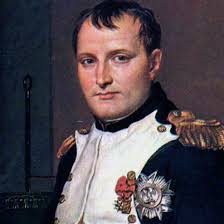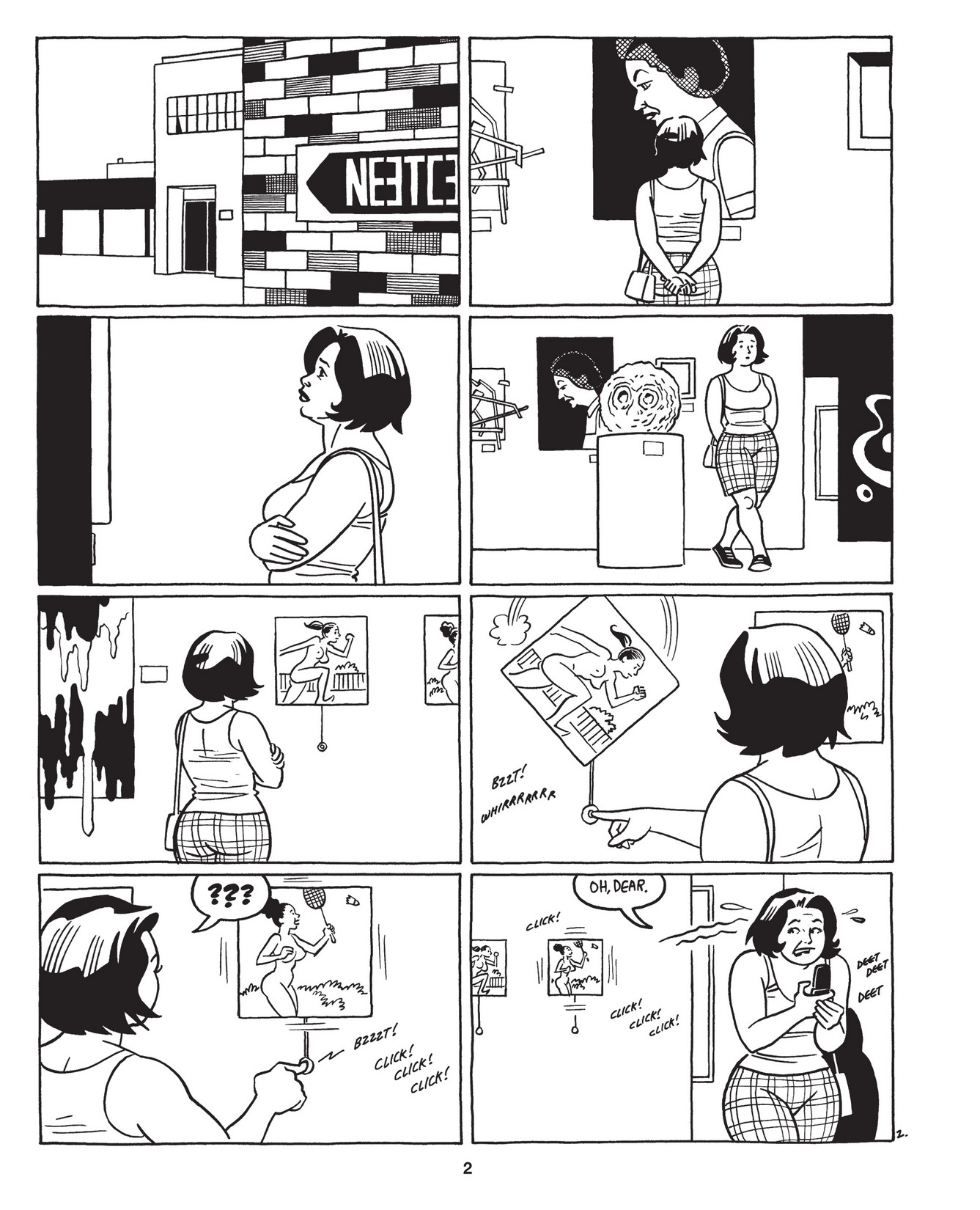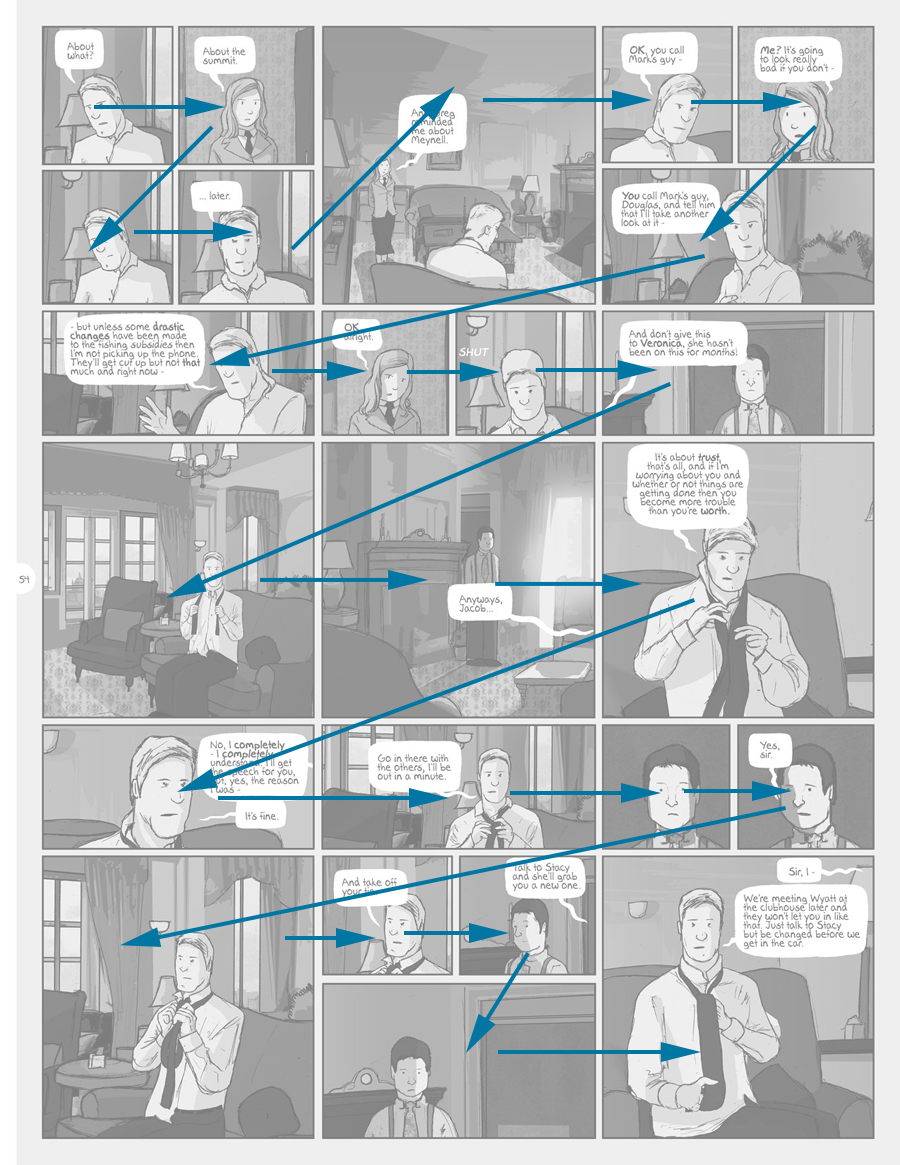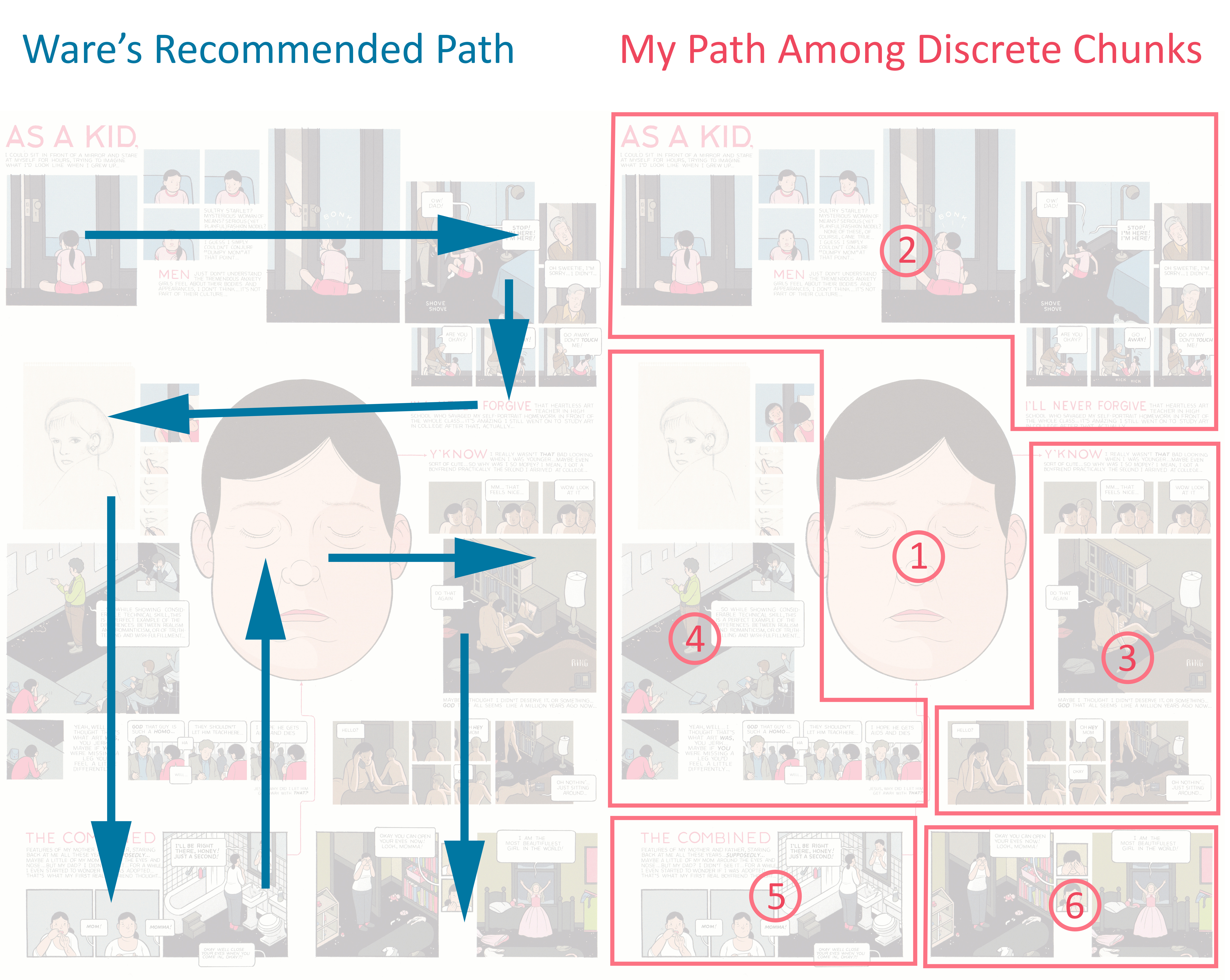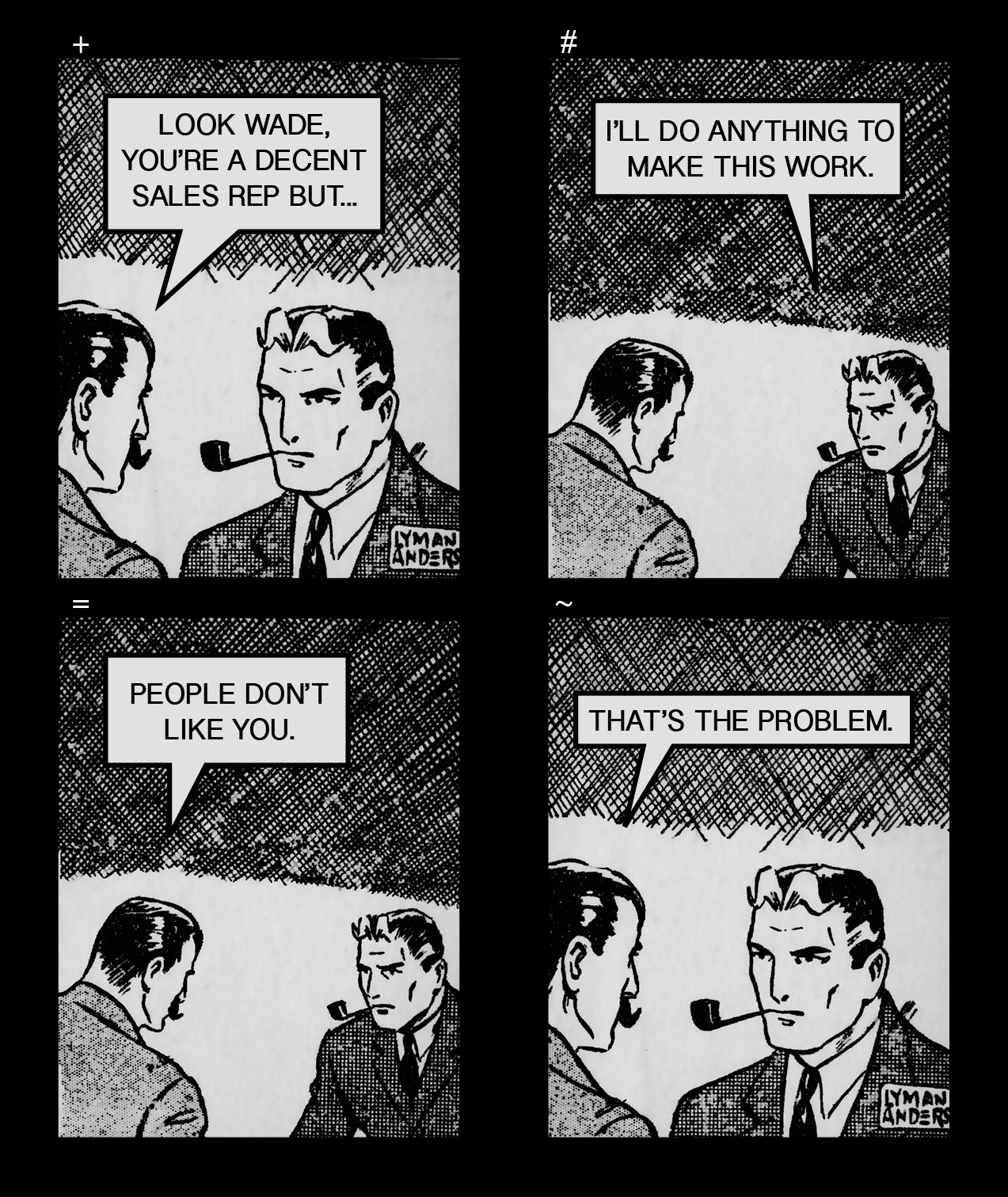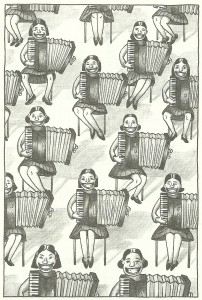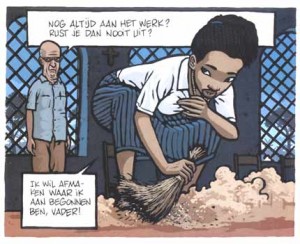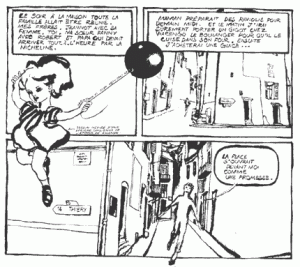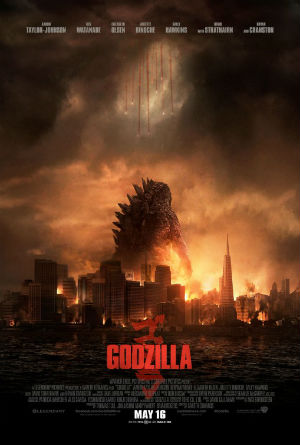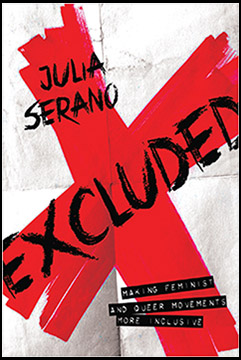“I, Carl Kruger, will be dictator of the world!” bellows Bob Kane’s stumpy Napoleon knock-off in Detective Comics No. 33. It’s 1939, so the name and the zeppelins flew in from Nazi Germany, but Carl says he wants to be “Another Napoleon,” France’s most loved/hated ubermensch.
George Bernard Shaw ranked Napoleon up there with Cromwell and Julius Caesar, “one of those chance attempts at the Superman which occur from time to time in spite of the interference of Man’s blundering institutions.” Nietzsche’s grandmother liked the little guy too (she and little Friedrich lived near some historic battles sites in Saxony). Grown-up Nietzsche listed him among “the worthiest of individuals,” “the more profound and comprehensive men” of the century. “I am apart from all the world,” Bonaparte declared, “and accept conditions from nobody.” When Mrs. Bonaparte accused him of adultery, the emperor bellowed: “I have the right to answer all accusations against me with an eternal ‘That’s me!’”—a line I suspect a true ubermensch would have known not to try.
Since Napoleon’s 1821 autopsy, his adulterous penis has been apart from the rest of his body. A recent researcher said it looks like “a little baby’s finger.”Nietzsche never discusses Napoleon’s penis size, just his dickish will-to-power. He had the manly “instincts of a warrior,” which Nietzsche credits “for the fact that in Europe the man has again become master over the businessman and the philistine.” He liked his supermanly ego too. After an early military victory in Italy, Napoleon “realized that I was a superior being and conceived the ambition of performing great things which hitherto had filled my thoughts only as a fantastic dream.”
Carl’s fantastic dream involves a dirigible of doom, only a slight variation on Napoleon’s supervillainous vision. Except Nietzsche and Shaw saw Napoleon as an evolutionary step forward, a superheroic step up from the villainy of the masses. Baroness Orczy agrees. She calls the French Revolution a “surging, seething, murmuring crowd of beings that are human only in name, for to the eye and ear they seem naught but savage creatures, animated by vile passions and by the lust of vengeance and of hate.” Only a superheroic Napoleon could restore order to such egalitarian chaos.
Orczy’s Scarlet Pimpernel answers the same call, plucking his aristocratic cousins from the guillotine-mouthed mob. Orczy’s family lost its fortunes when Hungarian peasants stormed their estate, so the exiled baroness had a reason to craft a Napoleonic hero—a man with “superhuman effort” and “superhuman cunning” and “almost superhuman strength of will.” Jerry Siegel transformed the foppish half of Sir Percy into Clark Kent, but Superman stole from him too: “the man’s muscles seemed made of steel, and his energy was almost supernatural.”
Orczy published The Scarlet Pimpernel in 1904, but Sir Percy wasn’t the first Napoleon-inspired superhero pulled into the gravity of post-revolutionary France. Orczy opens her novel in 1792, two years after the storming of the Bastille. Alexander Dumas’ The Count of Monte Cristo opens in 1810, during Napoleon’s decade reign, when the author was eight-years-old. Dumas’ father had been a friend and general to Napoleon (campaigning with him in Italy while the future emperor suffered his superior being epiphany), and the two were so close that General Dumas was welcome in his emperor’s boudoir while his emperor was naked in bed with Josephine.
The friendship didn’t last though, and Dumas’s father lingered unransomed as an Italian prisoner-of-war. When a friend burst into Dumas’s boudoir with an idea for a play about Napoleon, Dumas refused: “The injuries Bonaparte had inflicted on my family made me inclined to be unjust toward Napoleon.” Then the friend, a proud Bonapartist, and his friend’s lover, one of Napoleon’s former mistresses and current star actress who enjoyed entertaining guests topless, locked Dumas in her apartment until he completed the 24-scene Napoleon.
Edmond Dantès, Dumas’s self-declared Count, owes his creation to Napoleon too—and not just because Dumas had traveled around the Island of Monte Cristo with Napoleon’s nephew. The Count looks down at humanity, that “race of crocodiles,” from Napoleon’s superhuman height. According to Shaw, Napoleon regarded “mankind as a troublesome pack of hounds only worth keeping for the sport of hunting with them.” A character also likens Monte Cristo to Byron’s Manfred—another proto-ubermensch, born the year after the deposed Napoleon began his finale exile—“who, disinherited of their patrimony, have achieved one by the force of their adventurous genius, which has placed them above the laws of society.”
Dantès is falsely accused of treason, the crime Alfred Burrage reuses for The Spring-Heeled Jack Library series, published in 1904 but set in 1804, the year Napoleon claimed the throne. Of course Dantès is accused of betraying Napoleon, and the English lieutenant Bertram Wraydon of aiding him. Thus the dashing but disinherited young heir turns to a life of superheroic vengeance, complete with a proto-Batman alter ego, costume, secret sanctum, and a superpowered jumping range of thirty feet. Russell Thorndyke sets Dr. Syn: A Smuggler Tale of Romney Marsh sometime before the 1805 naval battle of Trafalgar, while “coast watchmen swept the broad bend of the Channel for the French men-o’-war.” Syn is a mild-mannered vicar and ex-pirate who leads a semi-altruistic smuggling gang and town protectors as the masked Scarecrow. The alias is designed to inspire fear in his foes, “as the name of Napoleon was changed to Boney for the frightening of children by tyrannical nurses in England, so the title of the Scarecrow bore the like qualities on Romney Marsh, for it meant that the power of the smugglers was behind it, and would be used to force obedience to the Scarecrow’s behests.”
Even Isabel Allende can’t resist the Napoleonic allure. The majority of her Zorro prequel is set in Spain between 1810-15 as the nation, fearing “Napoleon will convert Spain into a satellite of France,” overthrew Napoleon’s brother Joseph who Napoleon had plopped on the throne after invading the peninsula. The young Zorro-to-be gains his superheroic education—including swordplay and the art of playing the effeminate fop—as the new democracy “approved a liberal constitution based on the principles of the French Revolution.”
Those principles were in turn based on the American Revolution, which the French monarchy had backed and in the process bankrupted itself, plunging France into financial ruin and then revolutionary headhunting. It’s a paradoxical foundation for democracy, but then our view of those founding principles weren’t always so egalitarian. The narrator of Owen Wister’s The Virginian—riding across bookstore shelves as the Scarlet Pimpernel first pranced across stage—explains:
“It was through the Declaration of Independence that we Americans acknowledged the ETERNAL INEQUALITY of man. For by it we abolished a cut-and-dried aristocracy. We had seen little men artificially held up in high places, and great men artificially held down in low places, and our own justice-loving hearts abhorred this violence to human nature. Therefore, we decreed that every man should thenceforth have equal liberty to find his own level. By this very decree we acknowledged and gave freedom to true aristocracy, saying, ‘Let the best man win, whoever he is.’ Let the best man win! That is America’s word. That is true democracy. And true democracy and true aristocracy are one and the same thing.”
And the best men, it turns out, are true aristocrats like Bruce Wayne, while little men like Napoleon-wannabe Carl Kruger end up in plane wreckage by the final panels of Detective Comics No. 33. Even Dostoyevsky’s Raskolnikov—a man who “wanted to become a Napoleon” and murders to prove he’s of a class of “superior” persons to “whom the law does not apply”—repents for “following his example.” It turns out that even in Czar-ruled Russia, a “sickly, stupid, ill-natured” pawnbroker is more than a “louse” or “black-beetle.” Unless you’re Napoleon. He and the above-the-law supermen he inspired are both products of democracy and its worst enemies.


